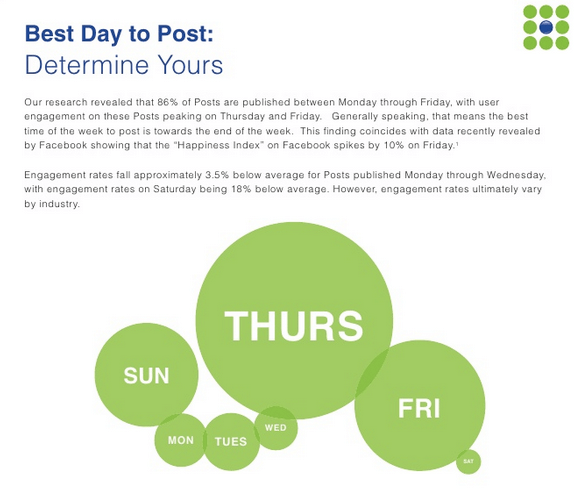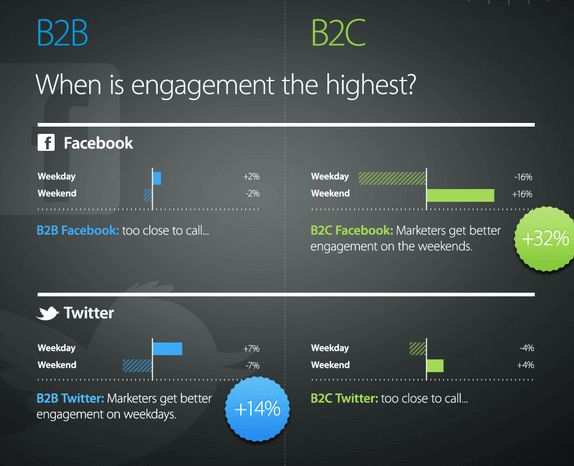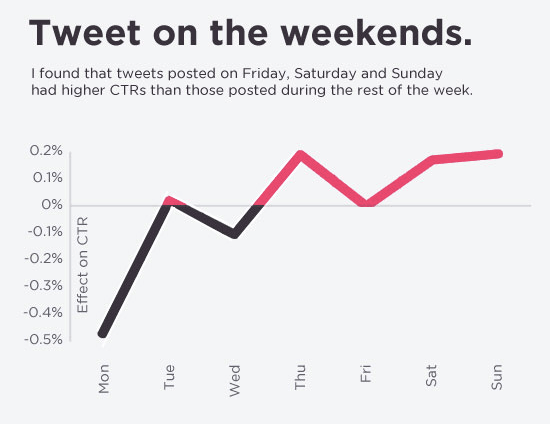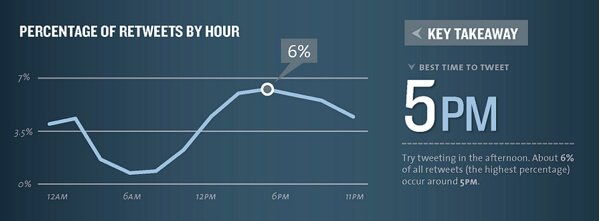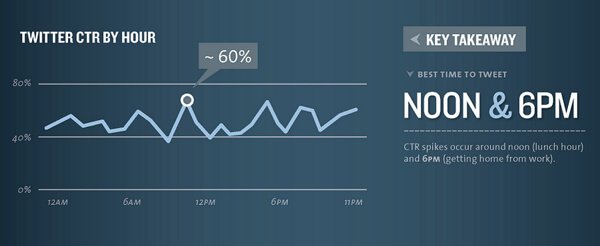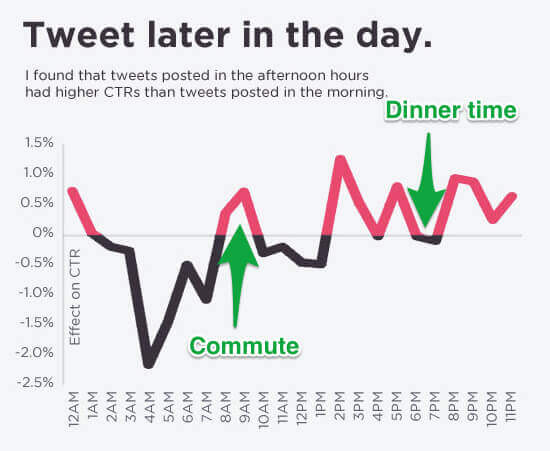
So you’ve finally cracked the content creation issue and you’re publishing a couple of new blog posts every week and you have the social media team super busy promoting it all over social channels. You’re even making guest appearances on podcasts and blogs, but now months later, you’ve barely seen any increase in website traffic, people are barely sharing your posts and your organic traffic hasn’t moved much either. You’ve been trying to follow what inbound marketing experts like Hubspot recommend, but this is just getting frustrating. What is going wrong?
A lot of people make common mistakes that can hinder the success of inbound marketing. Your content strategy should revolve around more than creating great content, but making sure that has a unique purpose, that it is targeted at a specific audience and that it reaches them wherever they consume content (email, social, apps, web). I imagine your reaction, is “I’ve been doing that already” but I imagine it isn’t working out the way you hoped.
You are Only Targeting 1/3 of Your Audience
In order to get the traffic growth you’re looking for, you have to build content that is ideal for your target audience. Those detailed customer personas you have built surely are a good an necessary thing. But many organizations are actually not targeting their entire audience. Most likely, you are not either because almost everyone fails at audience targeting. What?!? If all of your content is targeted at just your buyers, you are missing 2 key audiences you MUST to target to be successful at building an audience. Who should be your target audience? This of course depends on your business, but the 3 audiences you should be targeting are:
1. Prospects and Customers. This one is obvious. Create content that your customers want. Content for this audience is varied and should always include the other two audiences of course. The effectiveness of this content should be measured to determine the type of content that creates awareness, generates shares and drives conversions. Not all content can be built to do all of those tasks.
2. Search Engines. Yes, search engines are an audience. Good content for a search engine like Google isn’t necessarily great content for your customers. Google likes highly relevant, topic rich, structured content that has lots of detail and useful information that supports the rest of your website content. Fluffy kittens and unicorns may entertain your audience and build awareness (when used intelligently and creatively) but probably isn’t going to do a thing for your position in Google. This is debatable of course, but you get the general idea.
3. Influencers. Influencers in your industry or related industries like talking about specific topics and rarely about your product or service. Influencers may almost be a more important audience to target, especially in B2B, than your customers. To get them to talk about you, you have to create the right content that helps them, right when they need it.
Creating the Right Content for Prospects and Customers
The first rule of great content is to make it interesting and/or useful to the reader. You won’t make it far in today’s market by creating content just for the sake of creating it. It’s important that it meets or better, that it exceeds the expectations of your audience, which means making the info you share more valuable than your competitors’. There are six rules to making excellent content:
- Make sure it’s not promotional. Promotional content isn’t exciting and doesn’t inspire, both of which are important for content marketing.
- Make sure it’s relevant. Writing generic content isn’t going to be highly relevant to your readers, which will make your efforts fruitless. Always create content that is useful to your reader.
- Solve a problem or answer a question. This is a great way to create content that is informative and useful. There’s no point in making content with useless information because that will only waste your time and your audience’s.
- Write well-written content. Poorly written content will drive people away and give your organization a bad image. Make sure that your content is error-free and is presented in a thoughtful manner.
- Make your content relevant to your company. If what your business is writing doesn’t support its objectives at all, this will make your content a waste of resources to produce. Ensure that your business goals are kept in mind when creating content.
- Support content with proof. Since your content will seem biased, it’s a good idea to support it with third-party quotes, testimonials or metrics and stats.
Creating the Right Content for Search Engines like Google
Ok, stop thinking about trying to rank for a specific keyword. Google has made it very clear they just don’t operate like that anymore. Think more about ranking on a topic, concept or problem that you solve. There are literally thousands of possible keyword combinations that someone can use to find your organization. If you try and rank on just a few hundred, this may only be 10-20% of your relevant searching audience.
So what kind of content do search engines like that helps your website rank higher for all the possible relevant searches? Long form content that is heavily focused on the problems you solve that has lots of incoming links is the best kind of content you can create for search engines. If you follow this one rule, then the thousands of other rules in Google’s algorithm will fall in line. The beauty of the content strategy discussed here is that if you create content for all three audiences, you are creating the necessary conditions that will increase your overall topic rankings.
Creating the Content Influencers Want
Influencers are active publishers. The best influencers are also ones that not only broadcast to a larger audience but have an engaged audience. After you find your influencers, monitor what they write about. What is their passion? What are the hot topics? Is there a common thread amongst them all? This is what you want to address. If you can answer their issues or impact it with data, graphics or something useful, as long as you make it known, they will most likely refer to it from their own material with links to your articles, which is a big part of what you are after.
Sometimes they have hot topic items of the day, but usually it is bigger than that. If you are an expert and can help them out, that makes you the hero. They will pay more attention to you ONLY if you can deliver value. Don’t try marketing to this audience or “selling” them on your product or service. Be a useful resource for influencers to talk about. Engage with them in discussion without being pushy. They know they are valuable so they get requests all the time.
Content for Your Customers and Prospects
Your content marketing strategy won’t work if you don’t get your materials in front of the correct people. Once you know your target audience, you need to use the correct mediums so they can access your content conveniently. Before writing content, make sure that you have answers to vital questions:
- Who is your ideal listener, reader, viewer or client?
- Do they prefer to read, watch or listen?
- Would they rather watch a video or read transcribed notes?
- Would they set aside time to attend a live webinar or teleseminar or prefer to download the MP3 to listen at another time?
- What device are they using — phone, desktop or tablet?
This will enable you to create a customer profile that will help you with building content that suits their needs, plus you’ll be able to get it in front of them in their preferred delivery method. Knowing how your audience likes to consume their content is just as important:
- Do they like watching YouTube videos?
- Do they like to read or listen to audio?
- Do they subscribe to blogs, newsletters or both?
- Are they on Twitter daily or every now and then?
- Do they actively use LinkedIn or just use it for research?
- Are they on Facebook a lot?
- Do they frequently check out slide decks on Slide Share?
Once you know how and where your readers like to gather content, you can then make sure that your content is strategically placed there for their viewing, listening or reading.
Help!
Okay, if you’re super stressed by all this, just know we can help. That’s why we are in business! We offer a service called Content 360 that specifically addresses all of this. If you’re in good shape, then just keep on reading. 🙂
Delivering Your Content at the Right Time
There’s been research conducted by Buddy Media, KISSmetrics and Dan Zarella and others that have helped to determine the best time of day or week to post your content, based on the social media network. Use the data, which is readily available online to help you figure out when to post your content to reach your particular audience.
For example, according to Buddy Media’s study, Facebook posts are best done on Sunday, Thursday and Friday.
In another study by KISSmetrics, it showed that their engagement was higher on weekends.
Argyle Social also showed that weekends yielded 32 percent higher engagement.
Even tweets showed the best results on the weekend, according to Dan Zarrella’s research.
However, retweets shown to be the highest around 5 p.m. on any given day.
And for click-throughs around noon and 6 p.m.
It was found that a lot of people are on Twitter during their commute and at dinnertime, which means they are most likely on a smartphone or tablet. Creating content that can be viewed on these devices, if tweeting links during these times would be ideal.
Building Content that Reaches Your Audience
If you want your content marketing strategy to be successful, you have to make sure that you are building content (educational and/or entertaining) that readers will find worthy of viewing, reading or listening to that they are also willing to share or promote to their own audience. If that’s not happening, then you’re not really hitting their needs most likely.
When setting up the right times to deliver the content, you can use different scheduling tools to help make your campaigns easier, like MailChimp for newsletters and emails or Buffer to automatically schedule posts to social media sites. Research is very important for finding your audience and their preferred venues, so that you can post content at the best times. Implementing this all into your marketing strategy could potentially raise your conversion rates and even gain more leads for your business.

